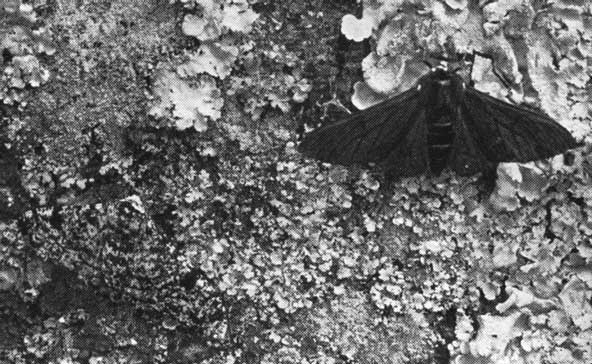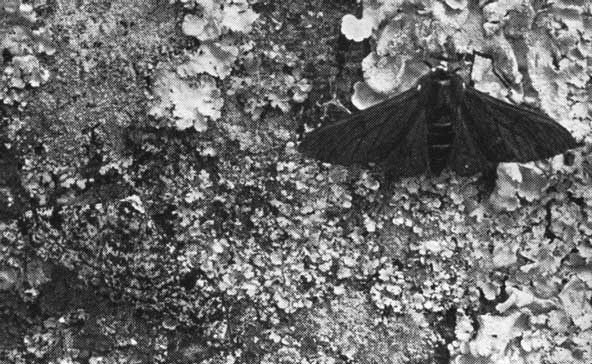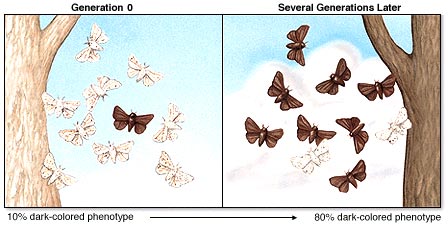What is industrial melanism?
1 Answer
Industrial melanism is a phenomenon that leads to evolution of darker body colour in members of a species which live in an polluted environment.
Explanation:
Industrial melanism is a phenomenon that occurs when individuals within a species that have darker feathers, fur, or skin, become more prevalent in the population because they are at an advantage, given the soot and pollution in the industrialized area. If pollution persists for multiple generations, individuals with darker coloring may be selected for and individuals with lighter coloring may be selected against. The lighter individuals are at a disadvantage in the polluted environment.
A great example of industrial melanism is the dark colored melanic moth species that evolved from a paler type in England. British naturalist Kettlewell studied the phenomenon in detail in locations such as Birmingham and Dorset. Kettlewell in 1950s and later Michael Majerus in twenty first century, identified the phenomenon of industrial melanism as a process of natural selection .
- Population of Biston betularia in England before industrial revolution, consisted mainly of white forms; dark melanic forms were rare mutant forms.
- White forms were well camouflaged while dark ones became easy prey for birds as these were seen conspicuously on lichen covered tree trunks. No reference of black melanic form is found before 1800.

( )
)
- As industries flourished in England, melanic forms became prevalent, specially in Manchester. By the turn of century, only melanic forms remained in that industrial city. Some authors recognise the newly established urban moth population as Biston carbonaria.
- In the polluted environments, lichen quickly disappeared leaving soot covered tree trunks. Melanic forms now derived advantage by being matched with the surroundings, while white forms were readily eaten by birds.

( )
)

